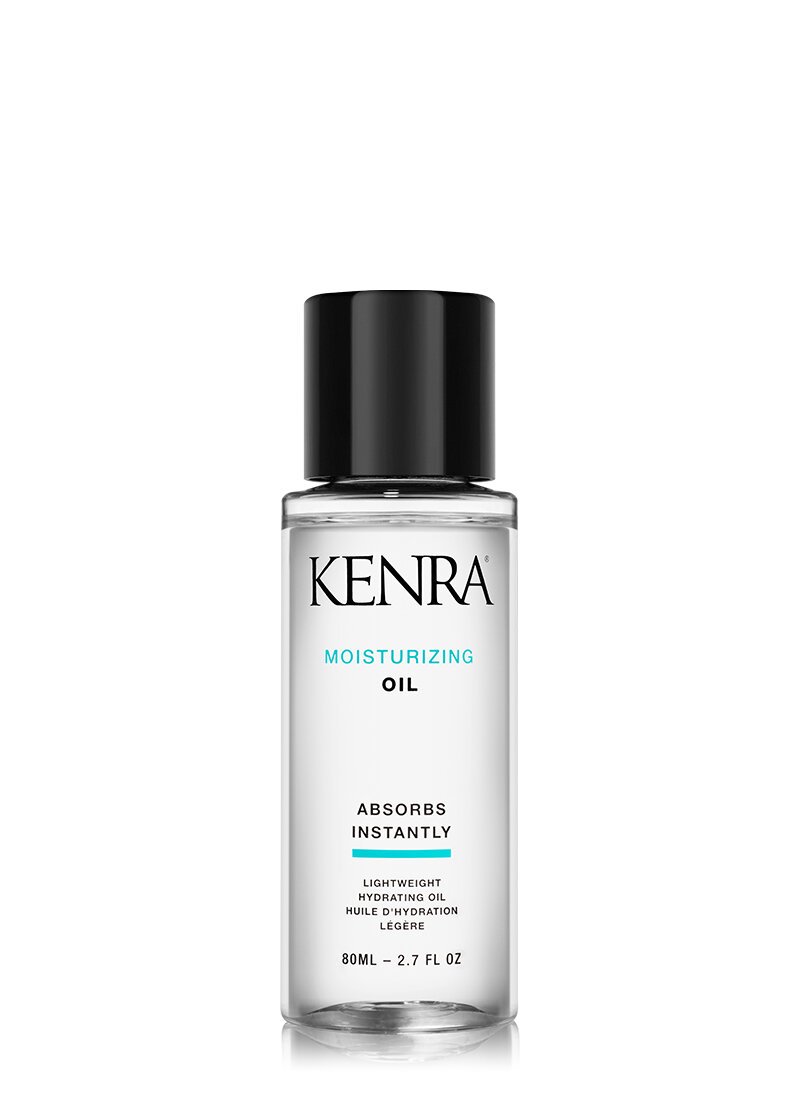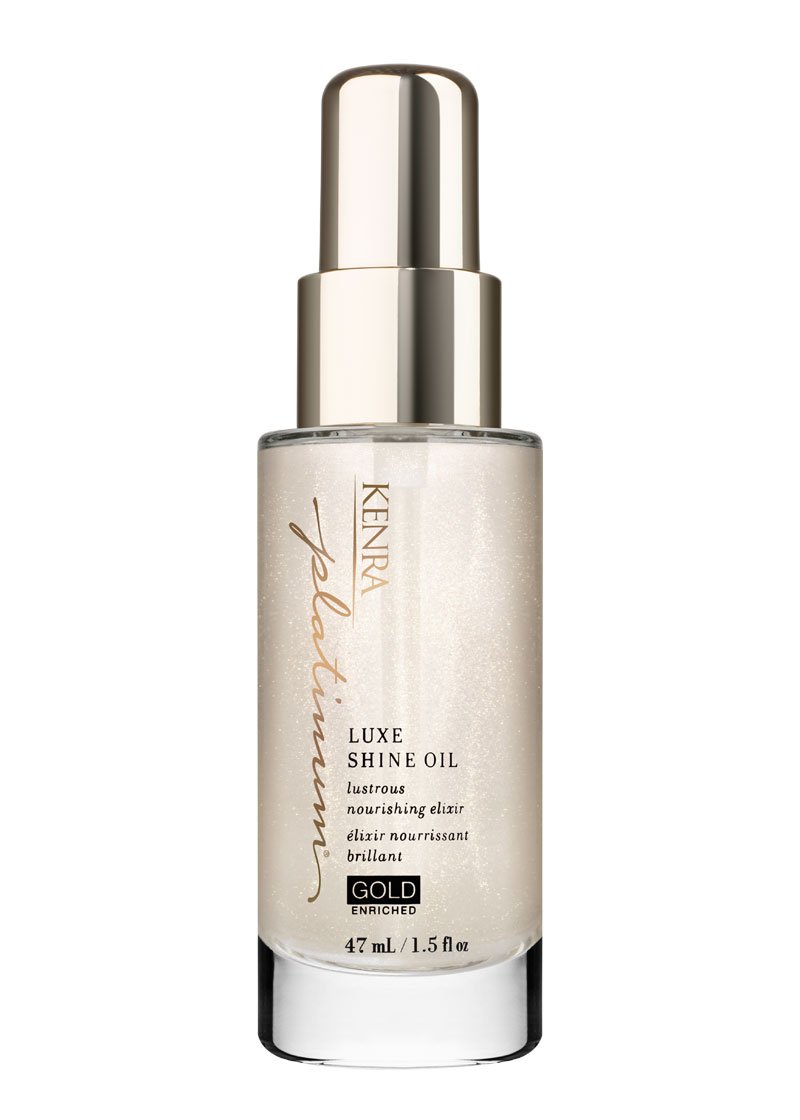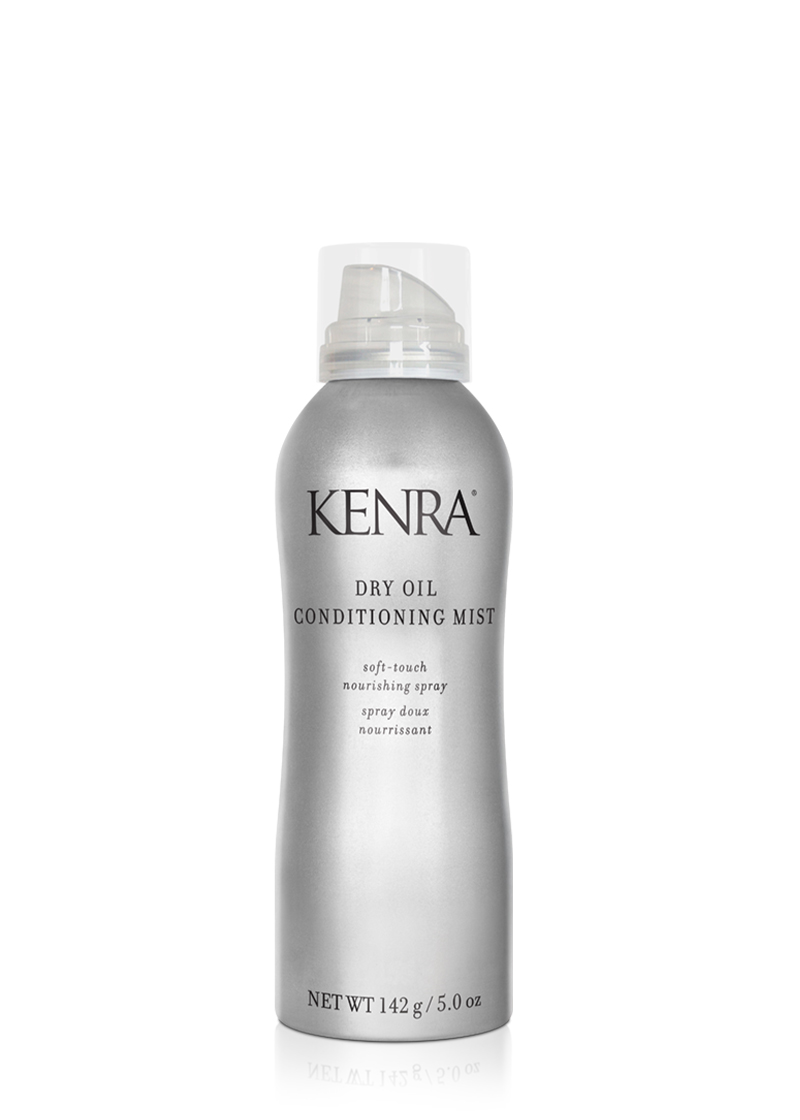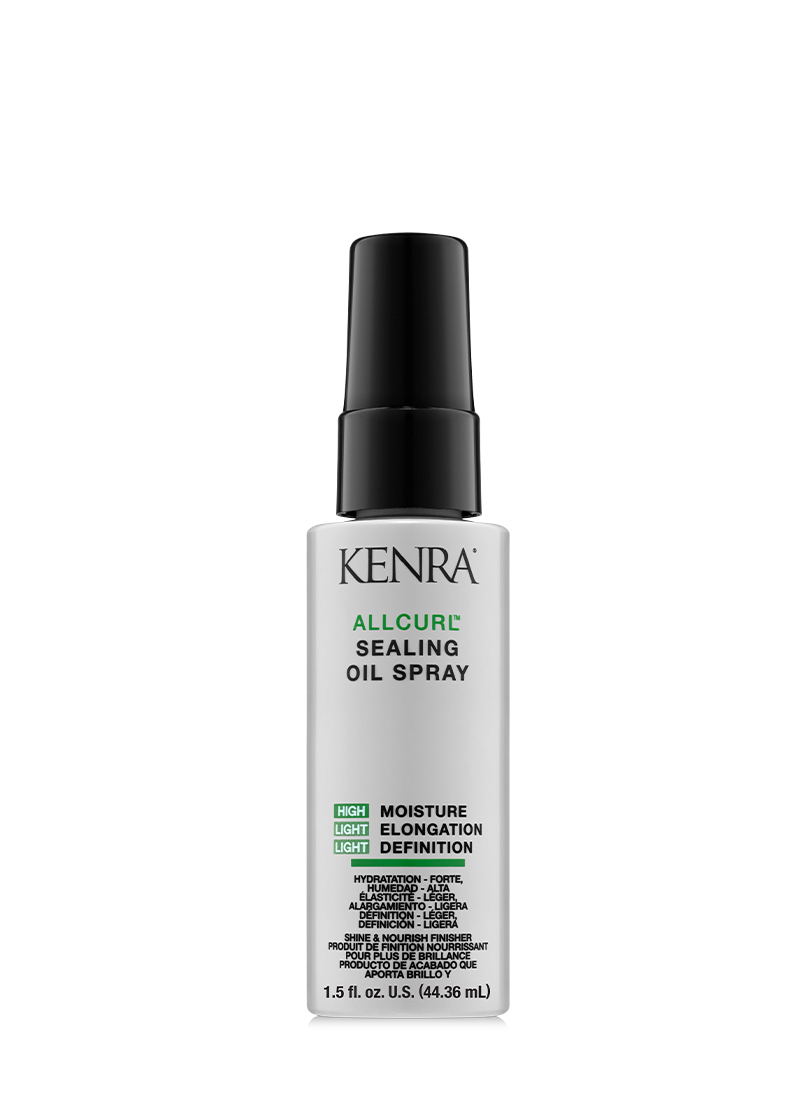Hair Oiling 101

By: Kenra Professional
April 2023
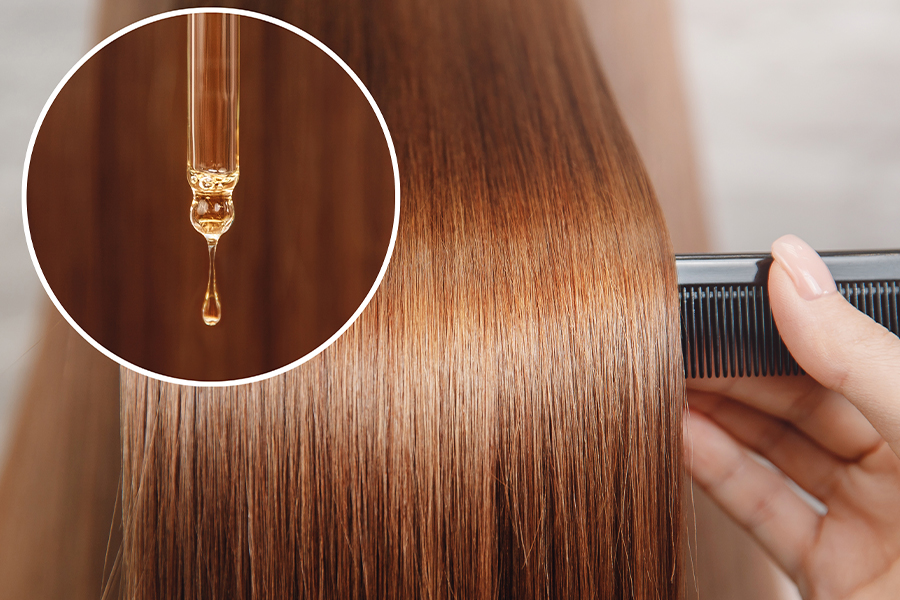
Do you hair oil? There are so many ways to participate in this ancient hair practice, now popularized on TikTok and other social platforms. In this blog post, we’ll cover what hair oiling is for starters, its benefits, the different types of oils that can be used, and the best way to oil your hair.
What is hair oiling?
Hair oiling has been used for centuries, and it continues to be a popular hair care regimen in many parts of the world. It involves applying oil to the hair and scalp and massaging it in for a certain period of time—it can be washed out in minutes or left in hours. While some people may view hair oiling as an old-fashioned practice, the truth is that it has many benefits for your hair and scalp. Doing an oil treatment regularly can reduce hygral fatigue, which sometimes happens when excessive moisture penetrates the outer layer of your hair and reaches the inner cortex. This can happen from simply wetting your hair too often or for extended periods of time. Since oil and water don’t mix, the oil acts as a barrier of protection while providing a different form of hydration.
The benefits of hair oiling
There are many benefits to oiling your hair regularly, some of which include the following:
Nourishing the Hair.
Hair oiling helps to nourish and moisturize the hair, which can improve its overall look and feel. When you massage oil into your scalp, it helps to stimulate & increase blood flow to the area.Improving Hair Texture.
Regular hair oiling can help to improve the texture of your hair. It can help make it smoother, softer, and more manageable.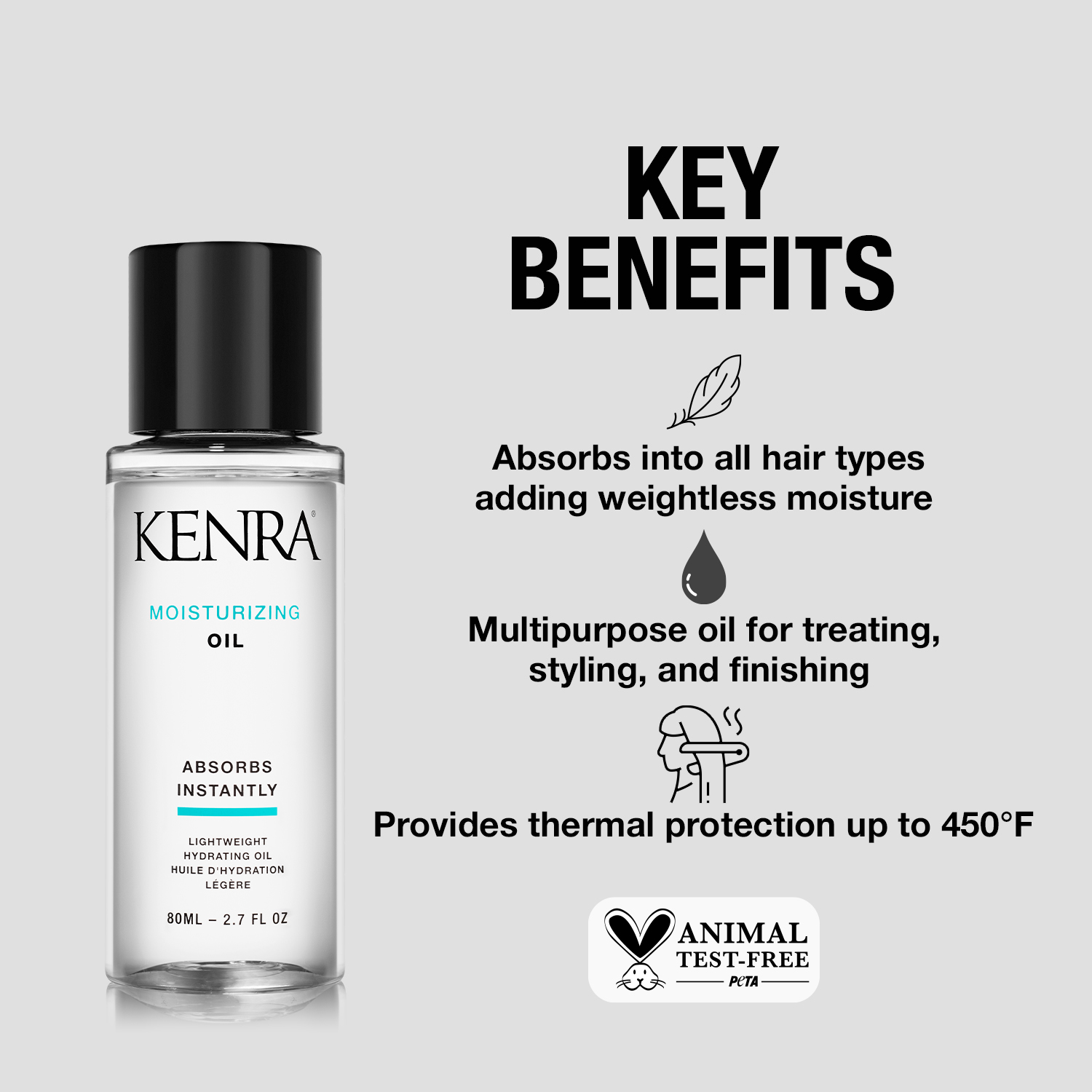
Preventing Hair Breakage.
Oiling your hair helps to keep it hydrated, which can helpprevent hair breakage and split ends. It also helps to protect your hair from environmental factors like pollution and UV rays.Reducing Dandruff.
Dandruff is a common problem that can be caused by a dry scalp. When you oil your hair regularly, it helps to keep the scalp moisturized, which can reduce the occurrence of dandruff.
The types of hair oils
So many oils, so little time. There are a bevy of oils to choose from for hair oiling, some popular ones include the following:
Coconut Oil.
Coconut oil is one of the most popular oils for hair oiling; it is rich in fatty acids and boasts antimicrobial properties.Olive Oil.
Olive oil is another popular oil for hair oiling. It is rich in antioxidants and vitamins, which can help to nourish the hair and scalp. Kenra Moisturizing Oil contains olive fruit oil and is great for use by itself or added to a conditioner or masque to amplify its benefits.Almond Oil.
Almond oil is rich in vitamin E, which is essential for healthy hair. It also contains omega-3 fatty acids, which can help to reduce hair breakage. Kenra Dry Oil Conditioning Mist is a lightweight oil spray that provides a conditioning blend of oils with Sweet Almond Oil as part of the formulation.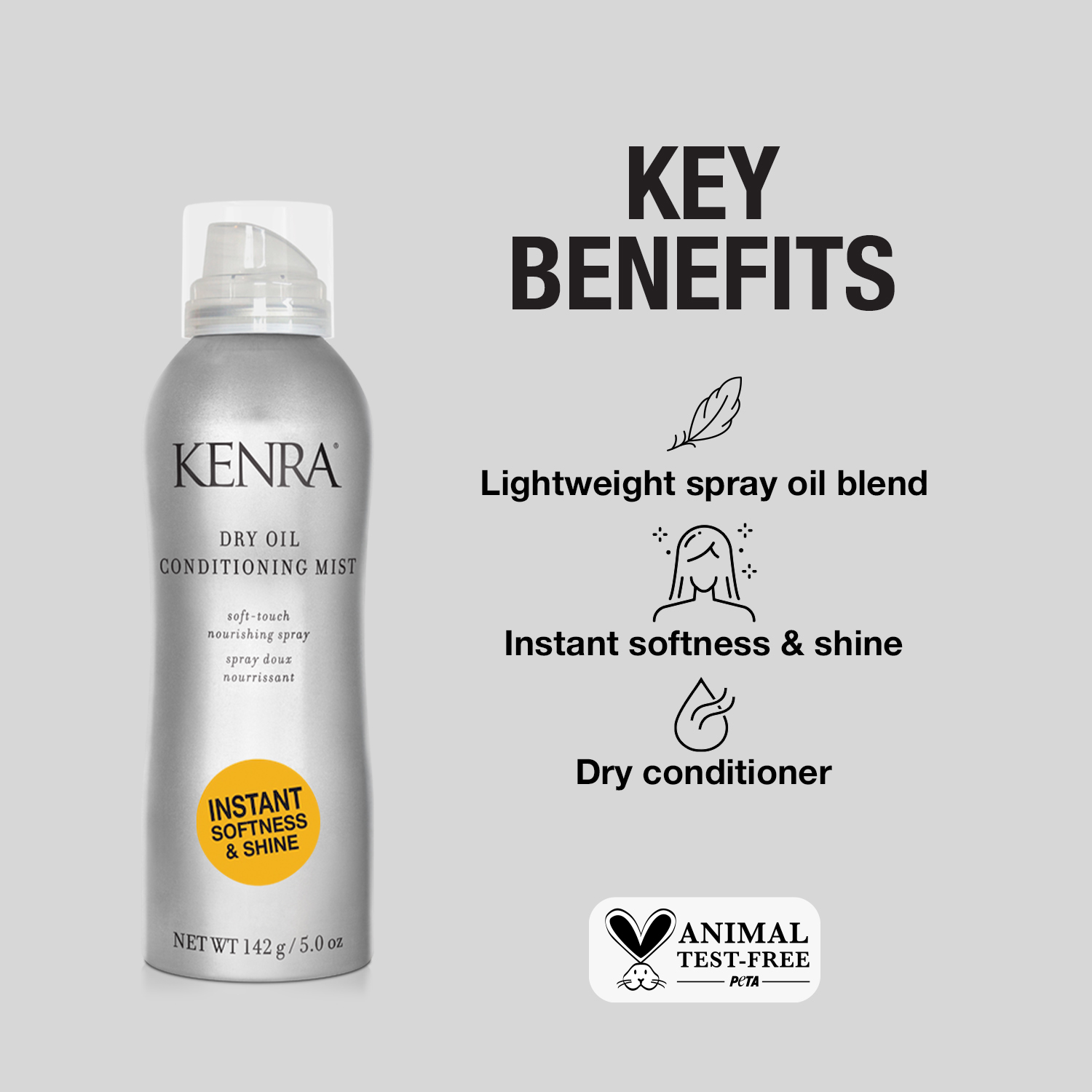
Castor Oil.
Castor oil is a thick oil that is rich in fatty acids. It can help to moisturize and prevent hair breakage.Jojoba Oil.
Jojoba oil is a lightweight oil that is easily absorbed. It can help to moisturize the hair and scalp without leaving a greasy residue.
Here’s how to use hair oils
We’ve got our oils down and their benefits. Now let’s talk about how best to use these for your hair-care routine.
Choose the Right Oil.
Choose an oil that is suitable for your hair type and scalp condition. For example, if you have a dry scalp, you may want to use coconut oil, which is known for its conditioning properties.Heat the Oil.
Before applying the oil, heat it slightly. This will help to improve its penetration. You can run the bottle under hot water or even between your hands to prime it before applying.Massage the Scalp.
When applying the oil, be sure to massage it into the scalp. Use your fingertips to apply gentle pressure and massage in circular motions.Cover Your Hair.
Once you have applied the oil, cover your hair with a shower cap or a towel to prevent it from getting onto your clothes or bedding.Leave the Oil on Overnight.
For an overnight delight that really helps repair dry, damaged hair, you want to leave the oil on while you sleep. This will give it enough time to penetrate your mane and help hydrate it.Wash Your Hair.
In the morning, give your hair a thorough shampoo—maybe even two— to remove any excess oil. Use a mild shampoo and conditioner to avoid stripping your hair of its natural oils.Commit to the Process.
Repeat the hair oiling process once or twice a week for best results. Over time, your hair should become healthier, stronger, and more lustrous.
Hair oiling is an easy part of your weekly routine that can help improve your hair’s health—and appearance. By choosing the best oil for you, massaging your scalp, and leaving the oil on overnight, you can reap the benefits of this ancient practice.
Why not give hair oiling a try tonight and see how your hair responds?

